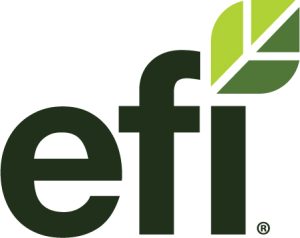Waste Reduction Case Study
Produce & Reduce Program
In 2020, the California Workforce Development Board, through its High Road Training Partnership initiative offered funding to organizations that could help tackle climate change, improve job quality and promote equity for disadvantaged populations. Recognized as leaders in workforce development and sustainability in the fresh produce industry, Equitable Food Initiative (EFI), and Measure to Improve (MTI) partnered for the first time on a pilot program at three California agricultural facilities: Andrew & Williamson Fresh Produce/GoodFarms, Misionero, and Windset Farms, bringing an innovative approach to building organizational capacity, improving waste management practices and reducing greenhouse gas emissions. The goal of the Produce & Reduce Program was to provide produce companies and employees with the knowledge and skills to develop waste reduction programs and a culture of sustainability and to mitigate the impact of climate change by reducing the number of materials going to landfills and the emission of greenhouse gases.
We have saved money and generated funds through increased recycling and waste reduction programs. Every single company should get started, because there are financial savings along with positive environmental impacts.
JEFF MADU, VICE PRESIDENT OF SALES, WINDSET FARMS
Learn More About The Process
ESTABLISHING GREEN TEAMS
EFI and MTI have successfully tackled challenges faced by organizations in the fresh produce industry through the use of diverse teams. They employed a two-pronged approach that combined the strengths of the MTI model, which involved creating a Green Team consisting of representatives from various departments, with the EFI model, which focused on forming collaborative worker-management teams.
TRAINING AND IMPLEMENTATION
At each pilot site, EFI and MTI provided training and practical exercises for the Green Team members to enhance their ability to create and execute a plan for reducing waste. The teams were empowered to identify areas of waste in their organizations and develop customized solutions as they advanced through the training and exercises. The training and activities were designed to encourage the teams to recognize waste-related challenges and opportunities, and devise strategies that were tailored to fit the specific needs of their respective organizations. At the end, Green Teams conducted their own physical waste audits, sorting and weighing the contents of an entire landfill container.
Results
The three waste reduction plans developed through this program reflected the diversity of challenges and perspectives unique to each organization; however, all plans shared the need for employee engagement at all levels of the workforce. The three pilot participants continue to track and improve their materials use programs and plan to conduct annual waste audits to gauge progress and identify new opportunities.
BY THE NUMBERS
50 Number of people trained
2,557 Estimated number of indirect trainees
144+ Total volume of material kept out of landfill (new tons)
435+ Total reduction in greenhouse gas emissions (MTCO2e)


